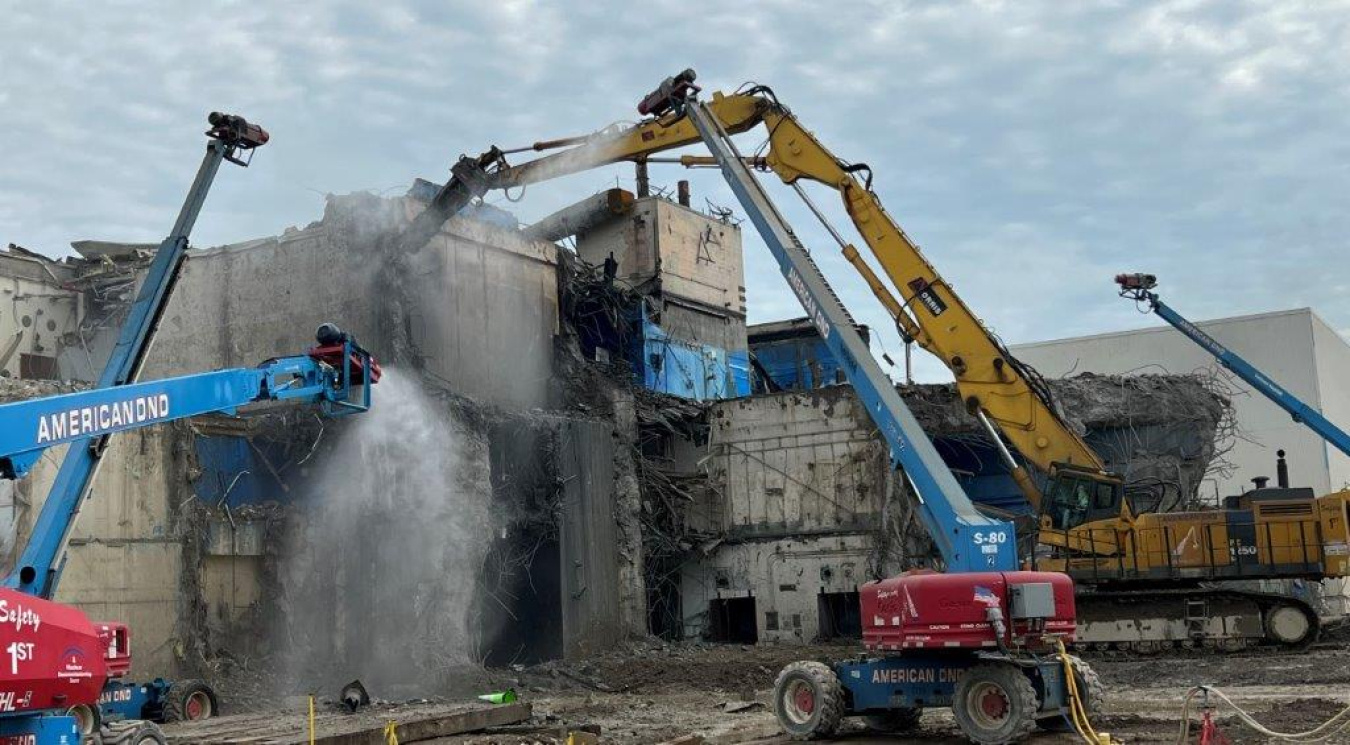Areas of Focus

Deactivation & Decommissioning (D&D)
EM's D&D program addresses contaminated excess facilities, wastes, and materials to secure and process them for closure, disposal, and/or reuse.
-
 Waste and materials disposition plays a vital role in the cleanup of radioactive waste.October 16, 2025
Waste and materials disposition plays a vital role in the cleanup of radioactive waste.October 16, 2025 -
 DOE safely transports radioactive, hazardous, and non-hazardous materials.October 16, 2025
DOE safely transports radioactive, hazardous, and non-hazardous materials.October 16, 2025 -
 One of the largest groundwater and soil remediation efforts in the world.October 16, 2025
One of the largest groundwater and soil remediation efforts in the world.October 16, 2025
The U.S. Department of Energy's Office of Environmental Management (EM) mission is to address the nation's Cold War environmental legacy resulting from decades of nuclear weapons production and government-sponsored nuclear energy research. This legacy includes some of the world's most dangerous radioactive sites with large amounts of radioactive wastes, spent nuclear fuel, excess plutonium and uranium, thousands of contaminated facilities, and contaminated soil and groundwater. Created in 1989, EM has the responsibility for completing the cleanup of this Cold War legacy and managing the remaining nuclear materials. Visit our cleanup sites page or explore the map below to learn more about the remaining cleanup sites across the country.
Latest News
-
December 9, 2025
-
December 9, 2025
To receive the latest news and updates about the Office of Environmental Management, submit your e-mail address.



Social Media